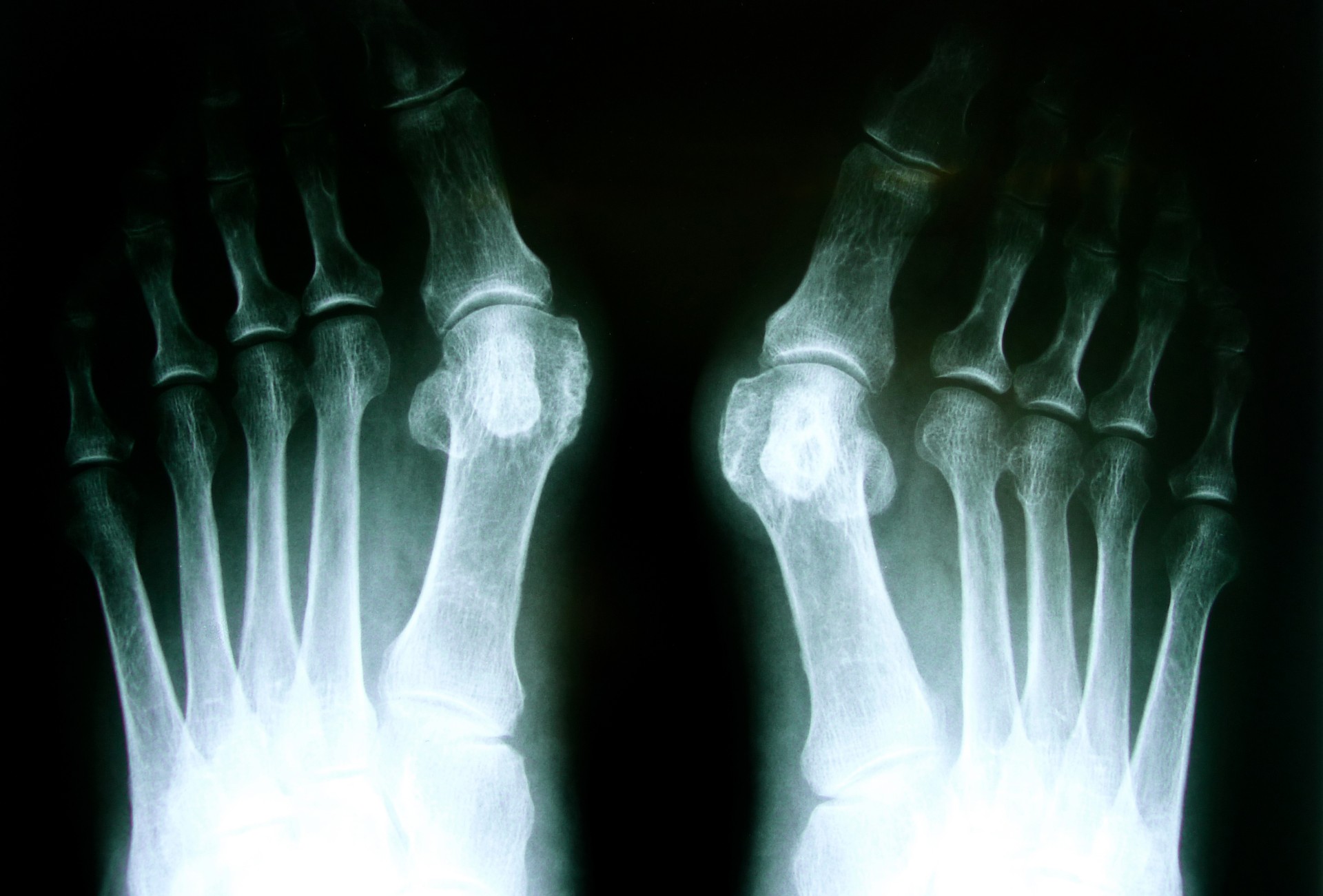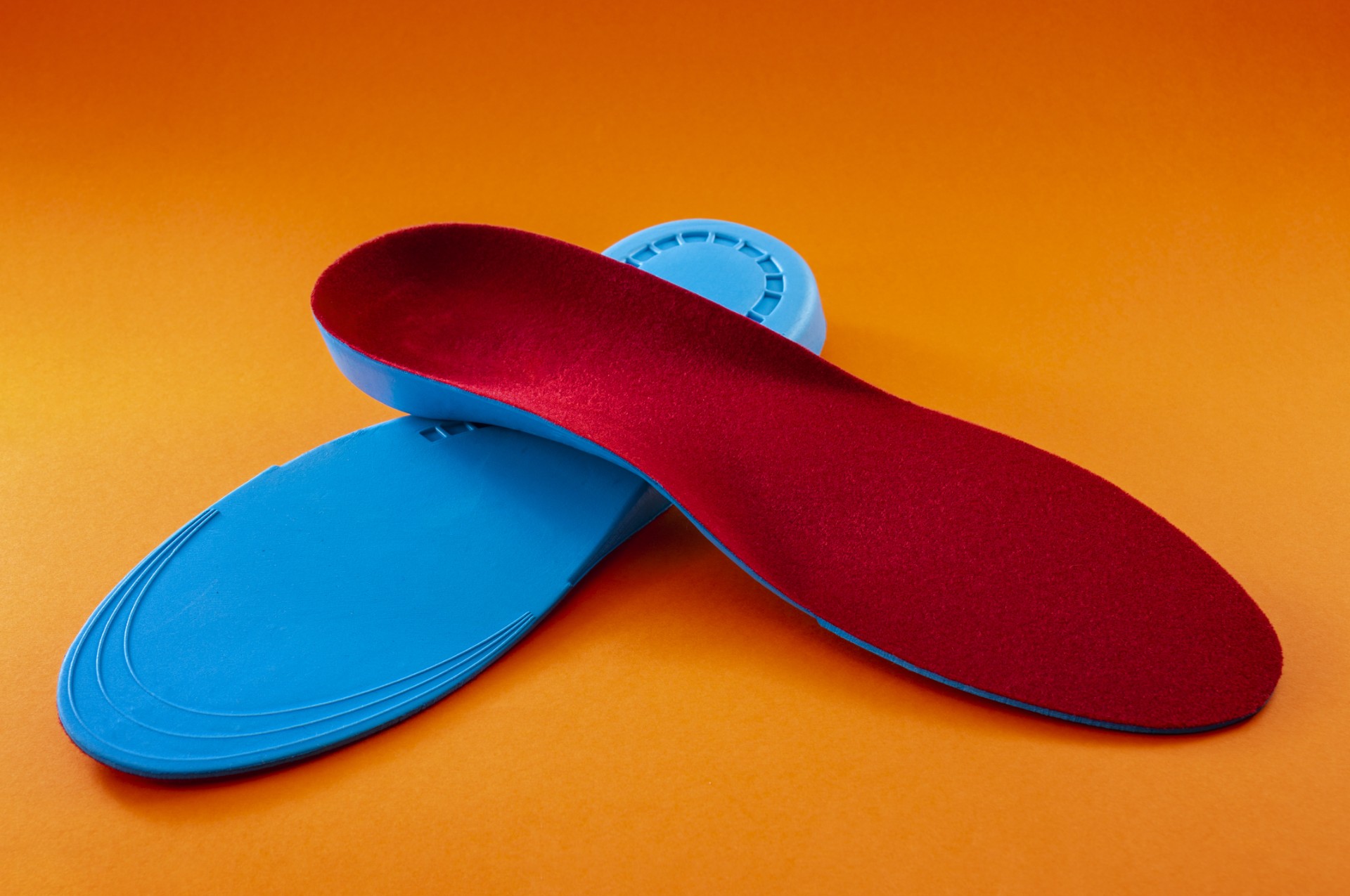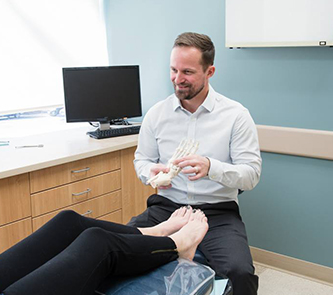7 Simple Treatments for Bunions
Bunions are an all-too-common problem that often keeps people from enjoying the full range of activities and hobbies they love most.
And if that is the case for you, or you have a family history of bunions, you may naturally be concerned about what the future holds. But rest assured that you are not alone – millions of Americans are dealing with painful bunion symptoms every day.
Fortunately, there are plenty of treatment options for you (and your bunion), including conservative measures that will help prevent this “bumpy” situation from getting even worse.
So if you thought surgery was your last hope, think again – we have 7 simple treatments you can use that will stop (or at least slow) bunion progression and help you manage any painful symptoms you may be experiencing.
But first, let’s talk about what causes this frustrating problem in the first place …

Understanding the Source of Bunions
Simply put, bunions develop as a result of destabilization and deformity of the joint where the base of the big toe meets the long first metatarsal bone of the midfoot. As this misalignment continues to progress, the big toe begins to shift sideways toward its neighboring toes, and the bump on the side of the foot starts to develop.
Now, there are many reasons as to why this may happen, but inherited flaws in the biomechanics of the foot seems to be the most significant risk factor out there – though you should note that it is not the bunion itself that is inherited, but certain foot types that can make you more prone to developing a bunion, such as flat feet.
Other common causes include:
- Diseases. Conditions like arthritis or gout can leave the joint vulnerable to misalignment.
- Overpronation. A condition that disrupts the body’s natural alignment and causes increased impact when the foot comes in contact with ground surfaces.
- Neuromuscular problems. These can negatively affect the shape and function of the feet, ankles and lower extremities.
- Lifestyle choices. Recurring stress to the foot from activities like running can increase your risk.
- Previous injuries. These can gradually force misalignments in your big toe.
- Ill-fitting shoes. Though tight, narrow-toed, or high-heeled footwear do not cause bunions, they can certainly exacerbate the condition.
Wearing proper footwear is one of the best things you can do to prevent the progression of bunions. You should always opt for shoes that allow plenty of room for the bunion to fit comfortably, and avoid heels higher than 2 inches. Custom orthotics should also be considered to provide the exact support and protection your feet need (which takes us to our next point).
Treating Bunions (With These 5 Simple Treatments)
The truth is that bump on the side of your big toe can only be corrected through surgery. This approach is normally used when bunions are causing an excessive amount of discomfort and/or disrupting a patient’s mobility.
We will never recommend surgery for aesthetic purposes, however. And if conservative measures are enough to manage your bunion symptoms and restore your ability to be active, then we will recommend you try these non-invasive treatments first.
They include:
- Shoe modifications. In many cases, bunion symptoms can be successfully managed by simply switching to shoes that fit properly and do not compress the toes.
- Foot padding. Protective “bunion-shield” pads can help cushion the painful area over the bunion.
- Icing. Applying ice several times a day for 20 minutes at a time can help reduce swelling. (Never apply ice directly on your skin – use a towel for protection.)
- Anti-inflammatory medications. Ibuprofen and naproxen can help relieve pain and reduce swelling.
- Custom orthotics. To take pressure off the bunion, we may recommend that you wear custom orthotics.
- Splints. In some cases, a splint worn at night – which places your big toe in a straighter position – may also help relieve pain and prevent the bunion from progressing.
- Injection therapy. A series of corticosteroid injections can help relieve discomfort caused by bunions.
If these conservative treatments are unable to provide the relief you are looking for, we can then start discussing surgery. There are a few surgical options out there (most of which were covered in one of our previous blogs), and we will make sure to provide all the information you need so that you can move forward with treatment feeling confident.
You should keep in mind that recovering from bunion surgery takes time, and you will need to carefully follow post-op instructions in order to heal as quickly and as safely as possible. Aside from letting your feet rest, you will also need to perform some range of motion exercises – these will help prevent any potential joint stiffness or adhesions, and facilitate a quicker recovery.

Getting Professional Help
We certainly hope you are able to successfully manage your bunion symptoms by using conservative measures. However, we also know that sometimes patients need a more professional approach to treat this condition.
If your bunion is keeping you from being active, or you would like to discuss surgical options to get rid of that bum once and for all, give either of our Northeast Foot and Ankle offices a call at (603) 431-6070 today. We pride ourselves on being able to offer a wide variety of high-quality care options for bunions – everything from conservative treatments to advanced surgical procedures.
You can also take advantage of our online contact form to have a member of our staff reach out to you.
Pay Your Bill
Make a payment online through our payment portal or Care Credit!
Portsmouth Office
14 Manchester Square, Suite 250
Portsmouth, NH 03801
Nashua Office
17 Riverside Street, Suite 205
Nashua, NH 03062
Website Hosted by SC Digital



